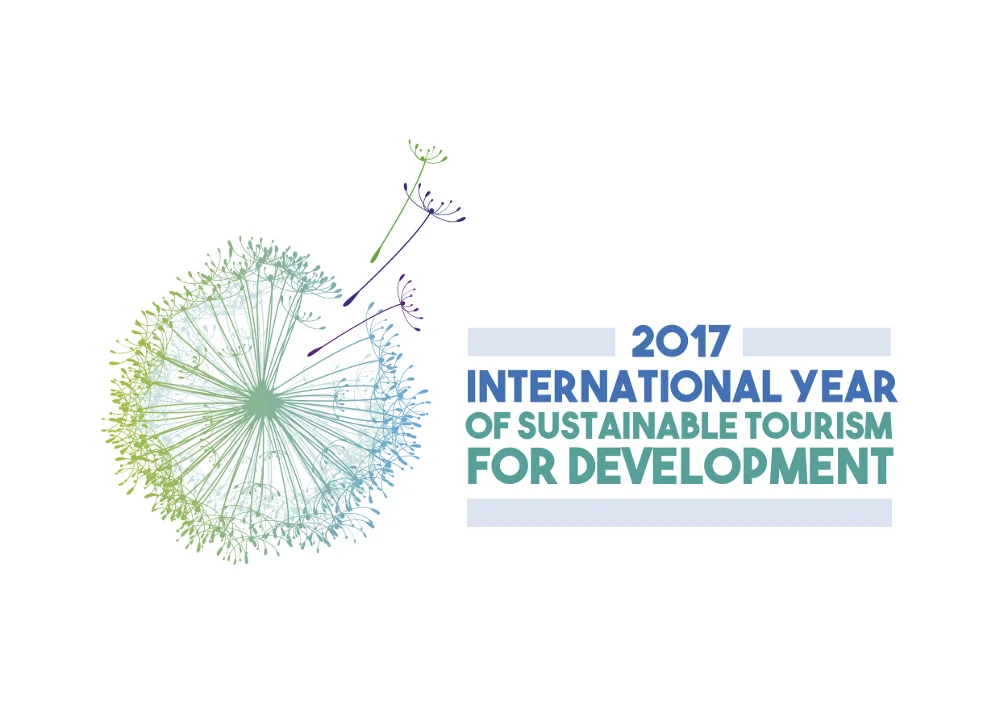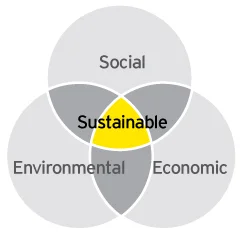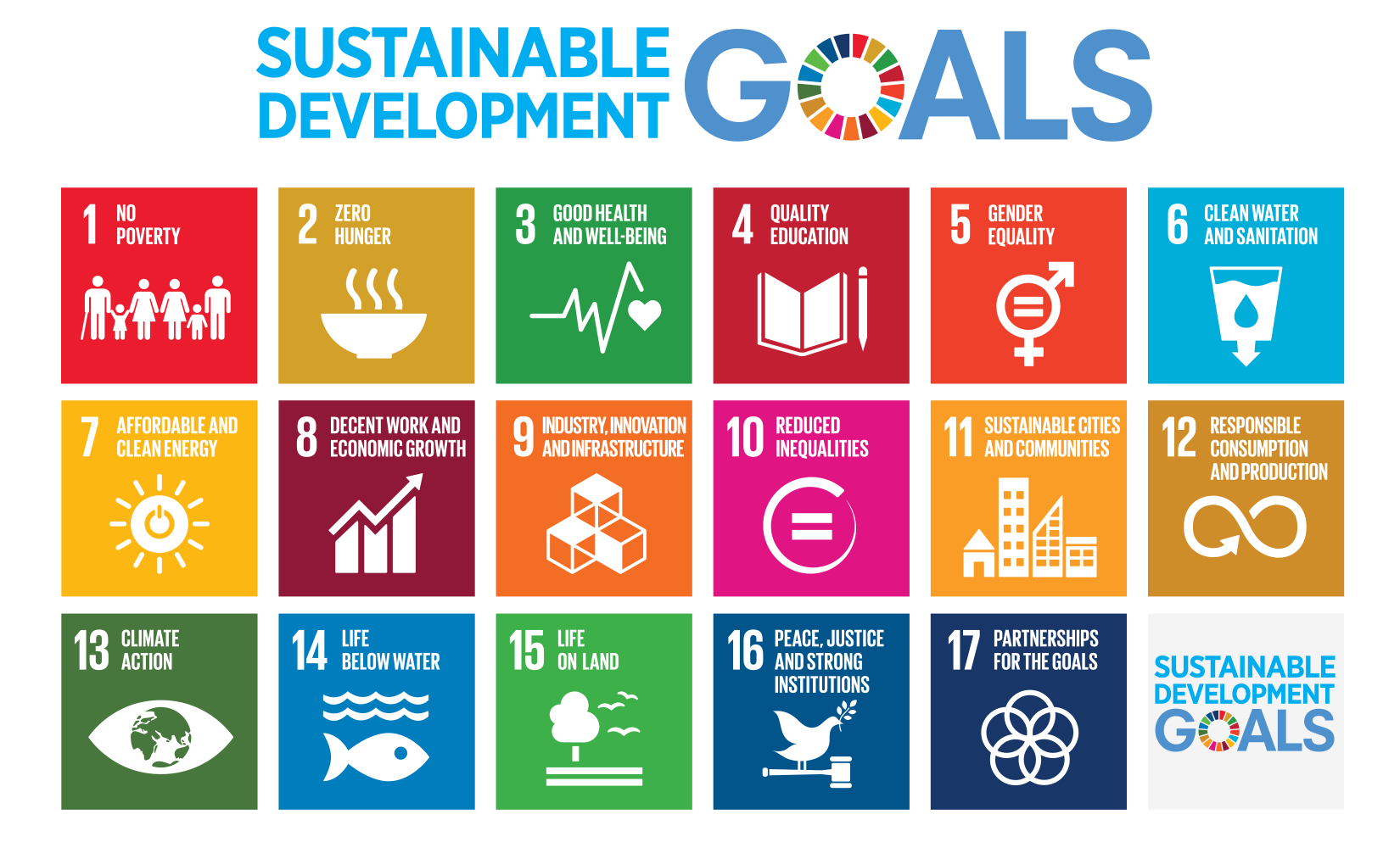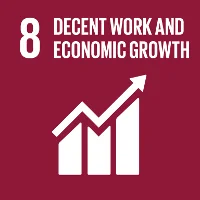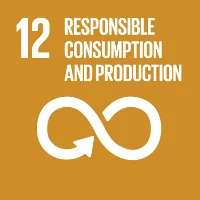Sustainable Tourism - What Does that Even Mean?
/Sustainable Tourism for Development
2017 was the UN Year of Sustainable Tourism for Development, #IY2017. Handily, it was also the year that Earth Changers launched, and as such was invited to be an authorised partner, as we exist to promote and support the best sustainable tourism for development and grow awareness of tourism's contribution to sustainability. But what does that really mean?
What is sustainability?
People understand the term in general, that it’s about being able to uphold or maintain something at a certain rate, level or balance, that an increase doesn’t have a negative, destabilising, impact.
So when applied to tourism, does this just mean global tourism needs to be limited to current levels, not increase, because to travel more would have a negative impact on the world?
Not quite. Because it’s not just about volume (growth, limits or reductions), but also about impacts.
In simple terms, any consideration of sustainability – viable, maintainable balance – looks at the impacts on three things together, called the “triple bottom line”.
The Triple Bottom Line. Credit: Ey.com
Where a commercial organisation’s 'bottom line' is singularly its profit – its economic benefits – any sustainability is considered with an additional two factors, which are Social and Environmental.
So the Sustainability Triple Bottom Line considers a balance of 3 pillars: Social, Environmental & Economic:
What is Sustainable Development?
In 1987, the UN World Commission on Environment and Development (WCED) issued The Brundtland Report, otherwise called “Our Common Future” that had been asked to propose long-term environmental strategies as "A global agenda for change" for achieving sustainable development by the year 2000 and beyond. It defined sustainable development as,
“Development that meets the needs of the present without compromising the ability of future generations to meet their own needs”.
So sustainable development can be brought about by tourism - but how does tourism do that?
Sustainable Tourism
The United Nations World Tourism Organisation (UNWTO) defines sustainable tourism as
"Tourism that takes full account of its current and future economic, social and environmental impacts, addressing the needs of visitors, the industry, the environment and host communities."
But isn’t “Sustainable tourism” a contradiction in terms?
Aren’t we, just by travelling somewhere, especially flying, creating a negative impact?
Yes and no. Any industry or sector can have a negative impact, and any industry or sector - tourism included - can be more sustainable. Sustainable tourism isn’t a ‘type’ of tourism (such as cruise or camping), nor does it occur in specific places (like remote jungle or desert), rather it’s the ethos by which an organisation is run and decisions made.
So in (more) sustainable tourism, decisions aren’t taken just for bottom line profit, but on a triple bottom line basis which considers costs and benefits environmentally and socially as well as economically, and seeks to find a suitable balance between the three dimensions to ensure long-term sustainability.
So a journey indeed may have a negative environmental impact, but a trip might also make positive contributions economically or socially - which is why it's not clear cut and simple.
Triple bottom line benefits
It might be argued that putting a halt to global travel could massively reduce the carbon ‘footprint’ of tourism, and the consequent impact on greenhouse gas emissions and man-made global warming.
However, transport isn’t the only thing which creates carbon emissions: accommodations, tours and other trip activities do too. But whilst those can undoubtedly cause a negative environmental impact, to take away tourism from some countries could literally cut their life-line, because of other impacts it can have, including (but not limited to):
Economic Impacts: Foreign earnings via exports, enterprise, jobs & income, inter-industry and sector linkages, procurement, supply chain value, infrastructure, and financial systems.
Social Impacts: Education, health, well-being, accessibility, culture and cultural resources – language, food, dance, arts, dress, heritage, buildings, behaviour - morals, esteem, empowerment, equality, politics, inter-cultural understanding, tolerance and peace.
Environmental Impacts: Natural resources & capital, ecosystems, landscapes, (de)forestation, biodiversity, wildlife, preservation, conservation, waste, water, energy, building, pollution, atmosphere and climate change.
Tourism is an important contributor to GDP and international value of a country and its culture. It can extend far into a nation’s urban and rural society in a way that many other industries or sectors cannot, for example extractive industries which are focused on and impact a relatively small area, versus tourism which travels throughout a country, often sold as an export.
Tourism’s Value in the Global Economy
The 2019 Economic Impact Trends from the World Travel and Tourism Council shows travel & tourism represented in the global economy in 2018:
10.4% of global GDP : US$8.8 trillion, exceeding that of the agriculture, banking, automotive manufacturing, and mining sectors.
$2.8 trillion direct global GDP contribution - greater than the automotive manufacturing sector.
1 in 10 jobs: 319 million (123 million direct, the rest indirect & induced): more than 5 times as many as mining and nearly twice as many as financial services.
1 in 5 new jobs in the last 5 years
Growth of 3.9%: out-performing the wider economy (3.2%) for 8 consecutive years, now the 2nd fastest sector in the world, behind Manufacturing (4%) and ahead of Constrcution (3.4%), Retail (3.3%), Healthcare (+3.1%), Agriculture (1.8%), Financial Services (+1.7%) and Communications (1.7%)
6.5% of total global exports
27.2% of total global service exports
71.2% domestic vs 28.8% international tourism spend: the strongest growth is in developing nations.
Travel spend split: Leisure 78.5% vs 21.5% for business
By 2029, Travel & Tourism is expected to account for more than 154 million jobs directly, an increase of 2.1% per annum.
For Wildlife Tourism, the 2019 WTTC Economic Impact of Wildlife Tourism shows:
$120.1 billion / 4.4% GDP contribution to the global economy in 2018: over five times the value of the illegal wildlife trade.
$343.6 billion economic contribution taking into account global multiplier effects, equivalent to GDP of South Africa or Hong Kong.
21.8 million jobs / 6.8% of total tourism jobs supported, equivalent of the entire population of Sri Lanka.
One-third of Africa Travel & Tourism revenue
The UN World Tourism Organisation also reported (2019) that travel and tourism in 2018 represented:
US$1.7 trillion international exports, a 4% increase in real terms over the previous year, outpacing merchandise exports (+3%).
29% of global service exports and 7% of overall exports of goods and services.
3rd worldwide export category, after chemical manufacturing and the fuel industry but ahead of the food and automotive industries.
The Least Developed Countries
Tourism can be evidently important to any country, and its importance can be magnified in Less Developed Countries.
If global tourism were limited (eg. for reasons of carbon impact on global warming), it would arguably be the countries that most need it – the Least Developed Countries – who would most suffer, already suffering from poverty, human resource weakness (health, education literacy issues) and economic vulnerability (production, exports etc):
Developing countries account for over 45 per cent of world tourism arrivals and more than 35 per cent of international tourism receipts. (United Nations Conference on Trade and Development, 2013)
Tourism is in the top 3 sectors, if not the top, and certainly for export trade, for many of the world’s Least Developed Countries (LDCs):
US$ 21 billion from 29 million international tourist arrivals in 2015 for the 48 LDCs
7% of LDCs’ total exports of goods and services, 10% for non-oil exporters (UNWTO, 2016)
14% annual growth average in LDC international tourist arrivals, compared to 7% worldwide (2000–2014)
Top countries whose visitor exports account for a vast majority of GDP include: Aruba (84.5%), Macau (80.6%), Cape Verde (73.2%), Reunion (71.5%), Maldives (70.9%), Gambia (66.6%), Bahamas (66.1%), Sao Tome & Principe (65.6%), Tonga (64.4%), Vanuatu (63.3%) (WTTC, 2019).
It’s evident to see how tourism can be used as a transformative force for good in less developed and all countries.
“With more than one billion international tourists now traveling the world each year, tourism has become a powerful and transformative force that is making a genuine difference in the lives of millions of people. The potential of tourism for sustainable development is considerable. As one of the world’s leading employment sectors, tourism provides important livelihood opportunities, helping to alleviate poverty and drive inclusive development.”
The Sustainable Development Goals (SDGs)
Sustainable tourism can thus be used as a tool for development. This was recognised by global leaders at the 2012 UN Conference on Sustainable Development in Rio, Brazil (also known as “Rio+20” or “Earth Summit 2012”), a 20-year follow-up to the Rio 1992 Earth Summit / United Nations Conference on Environment and Development (UNCED), and the 10th anniversary of the 2002 World Summit on Sustainable Development (WSSD) in Johannesburg.
At the conference, Member States recognised that “well-designed and well-managed tourism” can contribute to the three dimensions of sustainable development (economic, social, environmental) and decided to launch a process to develop a set of Sustainable Development Goals (SDGs), comprised of 169 targets aimed at promoting sustainable development globally, to build upon the Millennium Development Goals, in the context of the 2030 Agenda for Sustainable Development, for People, Planet, Prosperity, Peace and Partnership.
On 1 January 2016, the 17 SDGs of the 2030 Agenda for Sustainable Development officially came into force. All the SDGs can apply to tourism, though tourism is mentioned specifically in three:
SDG 8: Promote sustained, inclusive and sustainable economic growth, full and productive employment and decent work for all.
Tourism is one of the driving forces of global economic growth and provides for 1 in 11 jobs worldwide.
SDG 12: Sustainable Consumption and Production
A tourism sector that adopts sustainable consumption and production (SCP) practices can play a significant role in accelerating the global shift towards sustainability.
SDG 14: Conserve and sustainably use the oceans, seas and marine resources for sustainable development.
Coastal and maritime tourism, tourism’s biggest segments, particularly for Small Island Developing States’ (SIDS), rely on healthy marine ecosystems.
#IY2017 The International Year of Sustainable Tourism for Development
The International Year aims to support a change in policies, business practices and consumer behaviour to a more sustainable tourism sector that can contribute to the SDGs.
To address the issues of how tourism can support the Sustainable Development Goals, the #IY2017 will promote tourism’s role in the following five key areas:
Inclusive and sustainable economic growth
Social inclusiveness, employment and poverty reduction
Resource efficiency, environmental protection and climate change
Cultural values, diversity and heritage
Mutual understanding, peace and security
Over the year, Earth Changers will be highlighting tourism’s role and Purpose, and how it inter-relates with the Sustainable Development Goals, through its life changing Places and world-changing People.
Read more:
What are the Sustainable Development Goals and What Have They Got To Do With Tourism?
Sustainable Tourism, Ecotourism, Responsible Travel, Conscious Tourism...etc. What's the Difference?

